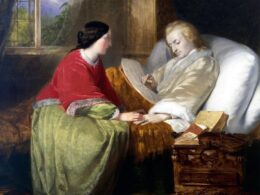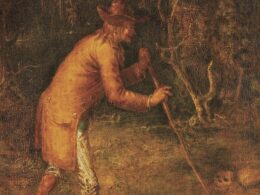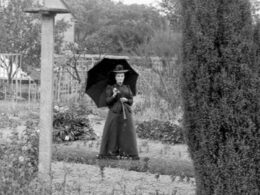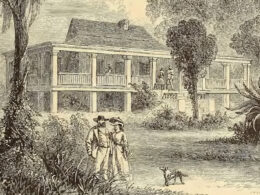Edmund Pearson (1880–1937)
From True Crime: An American Anthology
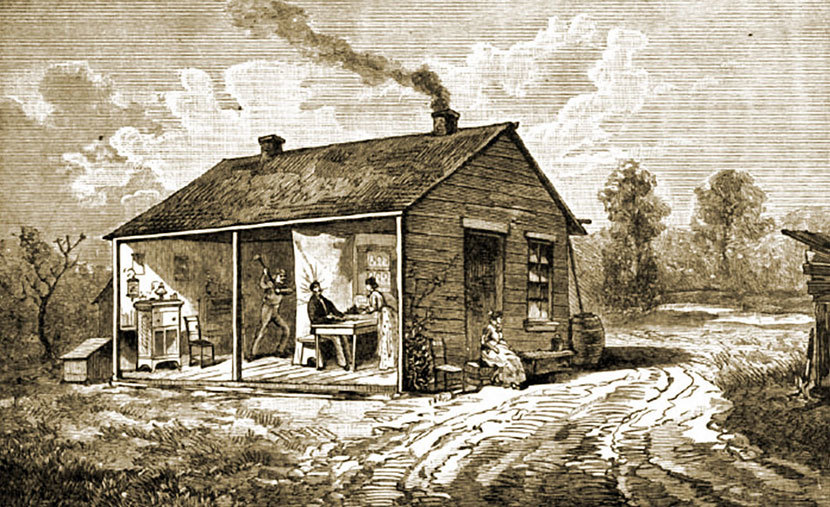
Once considered the “Dean of American True Crime,” Edmund Pearson was born 142 years ago, on February 11, 1880.
“Eight out of ten people are interested in murder,” he once said, “and of the two, one is a pretender.” Pearson began his writing career as an esteemed librarian, having worked at the D.C. Public Library, the Library of Congress, the War Department, and the New York Public Library. For fifteen years he wrote a humor column for The Boston Evening Transcript. He gained a bit of notoriety when he fooled colleagues and journalists with The Old Librarian’s Almanack, a fake booklet posing as a rediscovered manuscript from the eighteenth century and containing the still-quoted (but also fake) Curse against Book Thieves from the Monastery of San Pedro in Barcelona.
He became obsessed with the Lizzie Borden murder case and, convinced of her guilt, wrote a lengthy and devastating essay that became the centerpiece of his first true crime book, Studies in Murder, a best seller in 1924. Several more collections followed, and he became a contributor to The New Yorker and Vanity Fair during the last decade of his life.
His writing is all but forgotten today, but one essay that occasionally resurfaces is his investigation into the so-called “Bloody Benders,” the Kansas family of serial killers who vanished from their home on the prairie, an incident that Laura Ingalls Wilder recalled from her childhood, when her own family lived in the area. We present Pearson’s essay, “Hell Benders,” as our Story of the Week selection, with an introduction explaining the Ingalls connection (or, more accurately, the lack thereof).
Read “Hell Benders, or The Story of a Wayside Tavern” by Edmund Pearson
